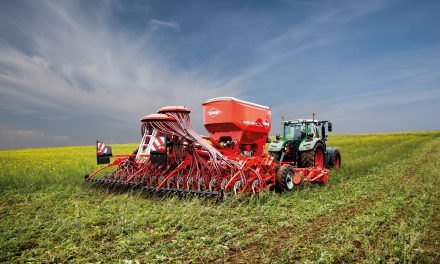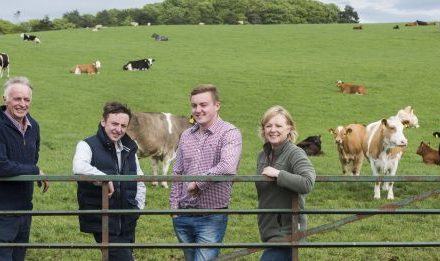Cutting-edge wireless sensor technology now available to UK growers that measures precise humidity, moisture and temperature points, is set to equip farmers with the data they need to help drive improvements throughout their businesses.
Agriculture is becoming increasingly data-driven, and sensing technology is becoming instrumental to the way farmers grow crops. Access to precise, detailed data is helping farmers to make better, more informed decisions: tailoring cultivation, avoiding produce and crop damage, and reducing costs.
Dutch-founded smart sensing technology company, 30MHz, is making precision farming more accessible for UK farmers of all sizes with sensing technology that’s quick to deploy, affordable and user-friendly.
Designed with farmers to meet their needs
Developed in partnership with Dutch farmers, the 30MHz Smart Sensing Toolkit is built to prioritise farmers’ needs allowing them to choose a combination of sensors that suits their business. Sensors are rugged to withstand agricultural conditions, and can be set up out of the box in moments, so farmers can start tracking their environment straight away.
Metrics that make a difference
Sensors are designed to capture the most relevant metrics for growers including temperature, humidity, object counting, object temperature of leaves/fruit/vegetables, air speed, light intensity, soil moisture in various substrates as well as crop-level dew point. Continuous monitoring and alerts on changing environmental conditions can save energy, prevent crop loss and improve yield quality.
More precise measurement of surface temperature prevents burn, and informs farmers on when to irrigate and when to provide nutrients. Temperature and humidity measurement are also crucial to optimise the cold storage and drying processes in order to prevent moisture-borne disease and rot.
“We’ve seen from our customers that the ability to monitor and optimise environmental factors is crucial for food producers,” explains Cor-Jan Holwerda, 30MHz director of customer affairs. “Capturing this data doesn’t need to be complex or difficult. We’ve seen agribusinesses across agriculture and horticulture save time and resources while improving productivity and quality by measuring a few key metrics and expanding their sensor networks at their own pace.”




